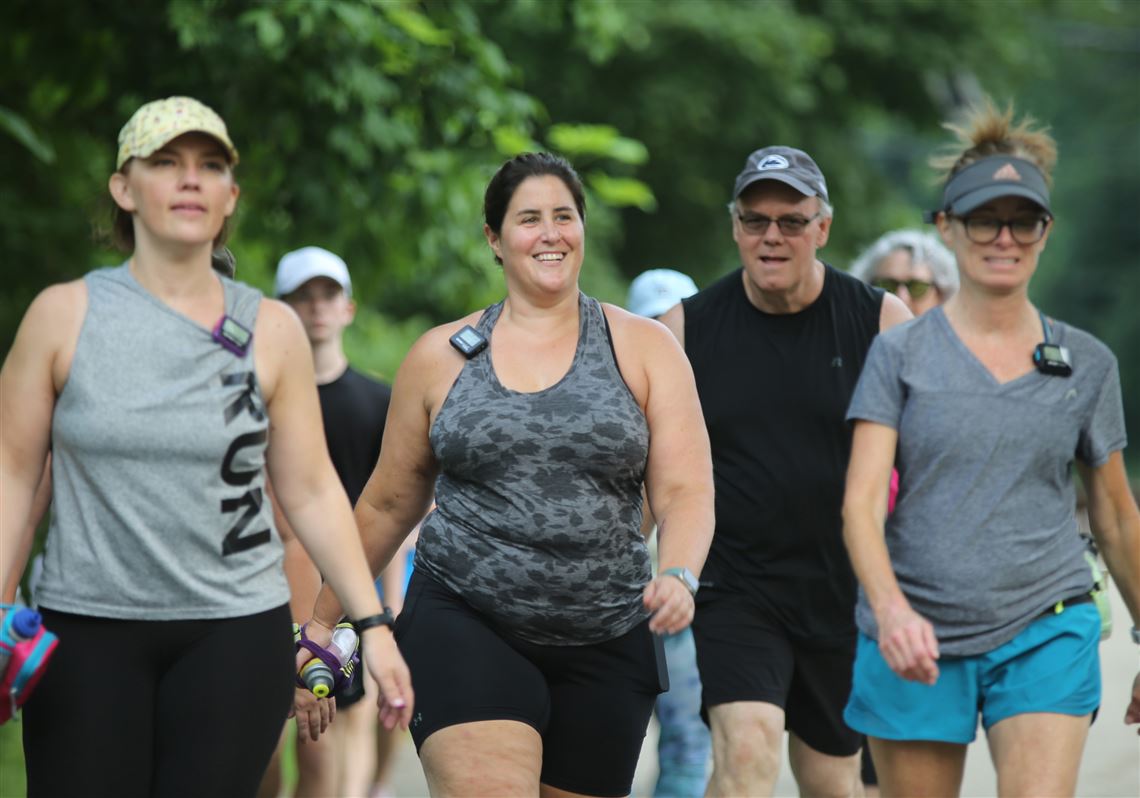Life is about being a little better every day, a challenge worth re-assessing at the beginning of each year. My preference is formal New Year’s resolutions, which have been around since ancient Babylon 4000 years ago. They must work at some level or our species would have abandoned the process.
My colleague and expert in the psychology of change, John Norcross, emphasizes that willingness to commit to a specific program is essential for success. His data reveal a ten-fold increase in success at six months from 4% to 46%.
Other high-quality clinical trials support his findings and provide wise tips for making the most effective resolutions. In a 2020 publication, Stockholm University researchers followed over a thousand people making New Year’s resolutions and learned two important tips to supercharge the benefits.
Picking habits that you want to adopt is 25% more effective than selecting bad activities that you want to stop. And finding a partner to hold you accountable increased success another 10%. We are social creatures who need each other and making ourselves healthier allows us to contribute better to society.
So let’s de-risk your New Year’s Resolutions by sharing specific positive life changes and hacks to trouble shoot obstacles.
The seven steps
Step 1: Optimize your morning routine. Wake up at the same time every day so you establish a routine. Make as few decisions as possible in the morning by automating your actions. Save your energy for decision-making in the afternoon when you have established a successful rhythm for the day.
Do a ten-minute daily practice that combines stretches and meditation, like the famous sun salutation in Yoga. This activity needs to be short so that you can easily incorporate it into your life every day.
Step 2: Take your supplements. Next, take your vitamins, including a multivitamin with methylated Bs, a mineral combination with zinc, and omega-3 fatty acids. According to the United States Department of Agriculture and Federal Drug Administration, most Americans have inadequate levels of key vitamins and minerals, ranging from vitamins A and E to magnesium and potassium.
You need supplements because far too often even healthy foods are grown in nutrient-depleted soil and a healthy diet no longer guarantees adequate replenishment of these vital building blocks of good health.
Step 3: Strategize meal timing. Breakfast should be a healthy affair to keep your hormones balanced all day, but it can be delayed until late morning if you want to practice intermittent fasting, as I do.
I try to avoid eating for 14 hours daily. If I plan on eating breakfast after 10am I can have a sociable dinner that’s over by 8pm. Then I don’t eat anything until 10am the next morning. My typical first meal is high protein, ranging from eggs to shakes.
For this to work, please skip dessert after dinner. Otherwise, the sugar will turn on your insulin and make you hungry in the morning. A little ketosis (triggered by intermittent fasting) will knock out your cravings in the morning so you can enjoy a painless fast. You can swap table sugar for allulose, which gives you 70% of the sweetness with only 10% of the calories.
Step 4: Get smart about snacking. Enjoying energy-boosting wholesome foods throughout the day—with limited extra carbs—will balance your energy. My go-to snacks are raw nuts, especially walnuts, pecans, and almonds, which I soak in the fridge overnight. That makes them softer and supposedly removes the naturally present anti-nutrients. Other great snack options are 70% cocoa dark chocolate and coconut flakes.
Step 5: Track your daily steps and strength train. Regarding exercise, never sit for more than an hour without stretching and aspire to walk 10,000 steps daily, although anything over 5,000 is still a good day, especially if you take a friend along.
Strength training for 30 minutes at least 3 times a week will build lean muscle that burns calories and help you meet your fat loss goals. Making sure to eat some protein after strenuous exercise to help rebuild muscle.
Step 6: Dial in your sleep routine. As evening approaches, start your sleep hygiene program. This ritual is often aided by relaxing, non-caffeinated teas that support sleep, like chamomile, rooibos or valarian. Shut down the lights from all digital and TV screens at least 30 minutes before bedtime.
Step 7: Practice gratitude. As you lie down for restorative sleep, write about any concerns you may have that could keep you awake in a worry journal. You’ll discover that they no longer plague you.
Also, write down something that makes you grateful and think about a loved one you should call the next day, giving you extra purpose to get your morning flowing when you rise-and-shine in 8 hours. ’Tis the season to connect.
Mehmet Oz, global advisor to iHerb, is a former Republican candidate for the U.S. Senate from Pennsylvania.
First Published: December 31, 2023, 10:30 a.m.















